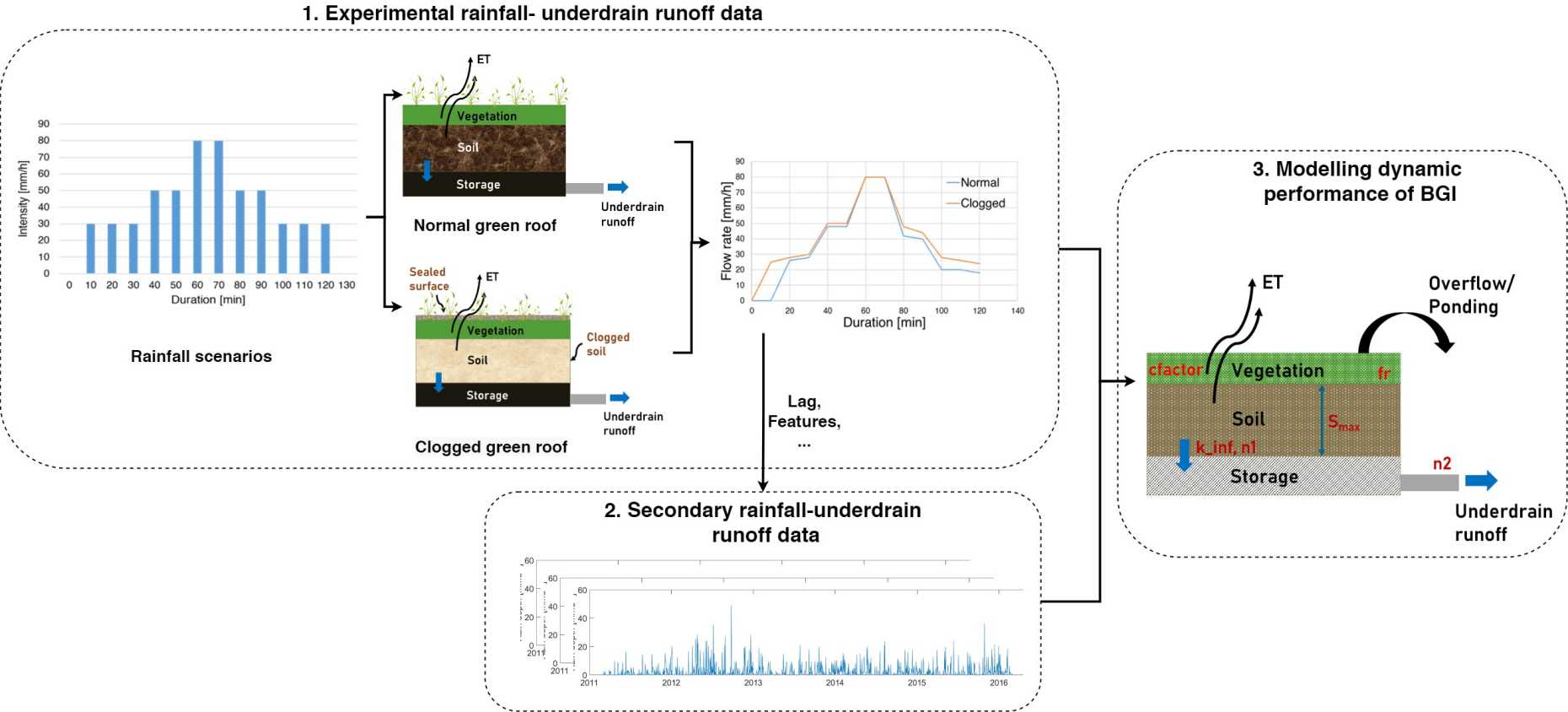E4D Fellow: Prabhat Joshi
Exploring pluvial flood risks and mitigation options in low-income, data-scarce regions

Project Duration: 2021 – 2024
Supervisor at ETH Zurich:
Prof. Dr. Max Maurer (Chair of Urban Water Management)
Supervisor at Eawag:
external page Dr. Christoph Lüthi (Department Sanitation, Water and Solid Waste for Development
external page Dr. Joao Paulo Leitão (Department of Urban Water Management)
Partner Institutions:
external page NAXA, Kathmandu, Nepal
external page Global Institute for Interdisciplinary Studies (GIIS), Lalitpur, Nepal
Project Description
Blue-green infrastructures (BGI) increase the peaking time and reduce the peak intensity and runoff volume of surface runoffs for most storm events, thereby reducing the risk of flooding and sewer overflowing. BGI have been increasingly adopted for stormwater management in cities worldwide due to these hydrological benefits.
However, like any other urban water infrastructure, BGI require regular upkeep (sweeping, de-clogging, and replacing composite layers) to preserve their hydrological performance. This aspect is often overlooked and understudied.
We hypothesise that an unmaintained BGI will have reduced hydrological benefits and therefore this needs to be considered when planning and designing BGI for cities and modelling their long-term performance. While infrastructure maintenance is a big challenge all over the world, it is especially relevant in low-income regions, where urban (water) infrastructure management is hindered by practices such as the open dumping of solid wastes and irregular sweeping of streets that, in turn, clog the drainage system.

Low-income regions are also less equipped to deal with the consequences of floods and sewer overflows due to their socio-economic constraints.
As such, if BGI are to be implemented for stormwater management purposes, their maintenance should be prioritised to ensure optimal hydrological performance, thereby preventing the flood and overflow risks in the first place.